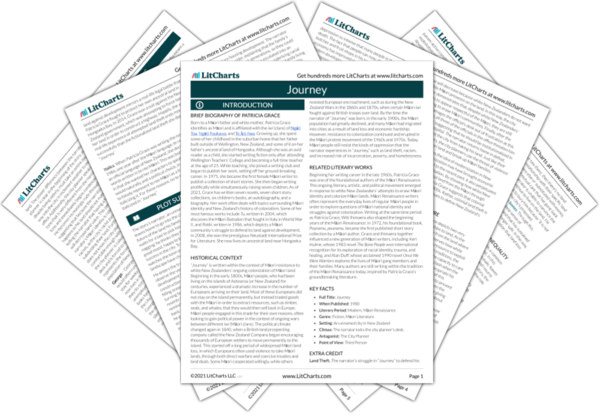The narrator’s garden symbolizes the family’s collective power and survival on the land in the face of external threats. The garden appears first in the story when the narrator remembers how, in the “hard times” of his youth, there was large-scale food insecurity, and many people gathered in the railway station to “starve together.” The garden, planted on the narrator’s family’s fertile land, ensured the family’s survival during these times, providing them with “turnips as big as pumpkins, cabbages you could hardly carry, big tomatoes, lettuces, potatoes, everything.” While an older relative was in charge of the garden, every member of the family contributed to the garden work, making it a collective experience. Furthermore, in providing the family with vegetables that they could sell, trade, or give away in town, the garden symbolizes the abundance that comes from collective power: they had enough not only for themselves, but also to give away to their community.
In the present day, the garden itself is under threat, symbolizing the precarity of the family’s survival as a collective. The family still relies on the garden as a food source, and it still empowers them through hard work and abundance: the narrator tells the taxi driver that the garden “keeps [him] bent over but it gives us plenty.” The family hopes to continue this tradition by subdividing the land so that every family member can “have a small piece each, a small garden.” However, the city's plan to turn the family’s fertile land into a parking lot, paving over the narrator’s garden, eliminates the family’s hope of staying on the land together. The loss of the garden therefore symbolizes the end of the family’s collective survival on the land.








